Pre-Diabetes (HBA1C) Test
The HBA1C Blood Test is a common finger-prick test used to measure blood sugar levels and its variation over time.
Our kits are suitable for human use only and for adults aged 18+
- HbA1c
The UK's Highest Rated Home Testing Provider
- Biomarkers
- Information
Glycated haemoglobin (HbA1c)
Symptoms
Additional Information
Is this test for you?
Testing for diabetes is essential when maintaining a healthy and proactive health care regime. Adults aged over 45 are recommended to proactively test for diabetes by the American Diabetes Association. However, many of our clients also get tested for the following reasons:
When active diabetes, blood testing is beneficial due to the following risk factors:
- If you are over the age of 45
- If you suffer from clinical obesity - meaning a body mass index (a measure of body fat) ≥25 kg/m²
- If you live a sedentary lifestyle
- A family history of heart disease
- Hypertension
- PCOS
- Family history of gestational diabetes
- Glucose-intolerance
- A family history of diabetic predisposition


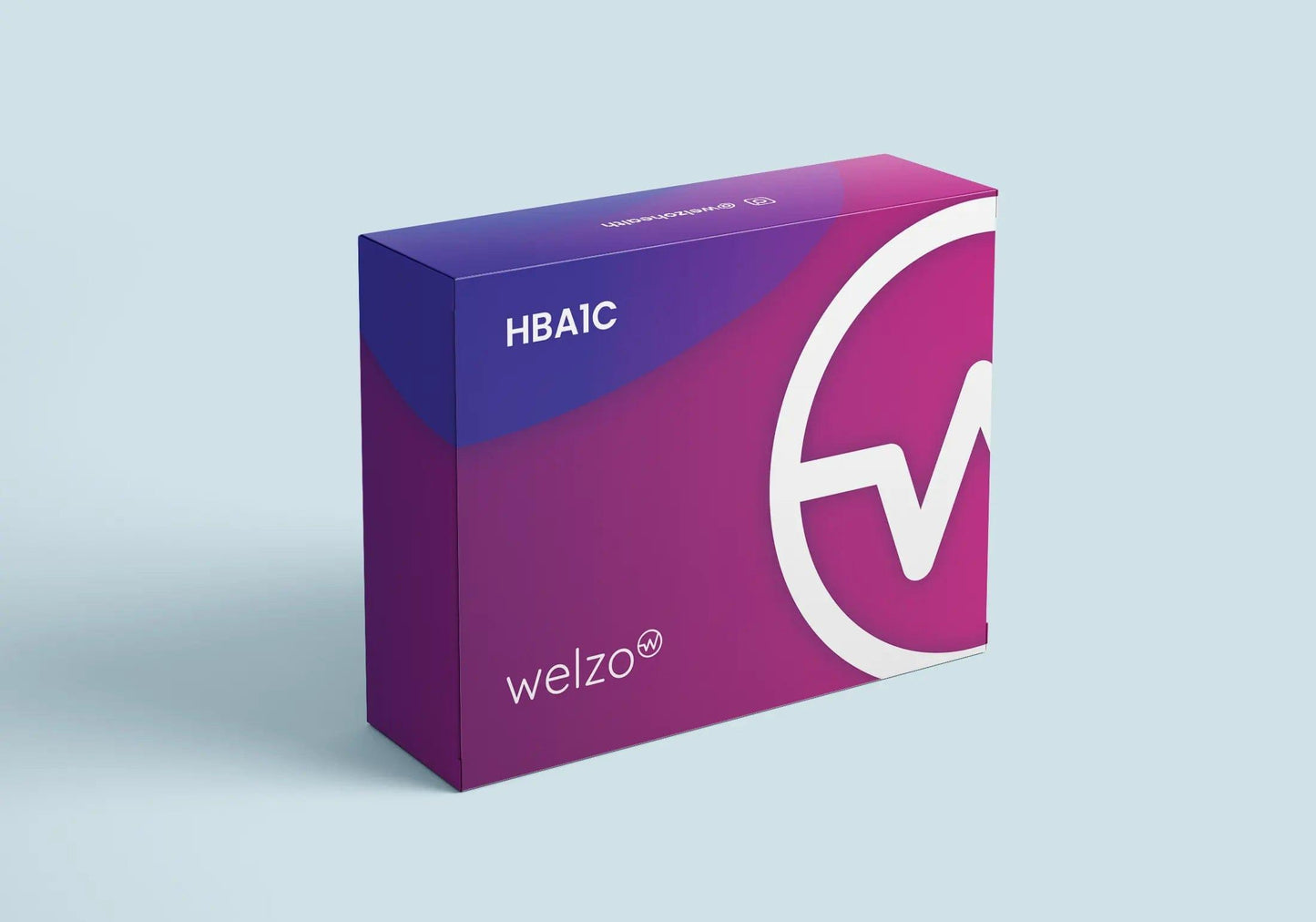
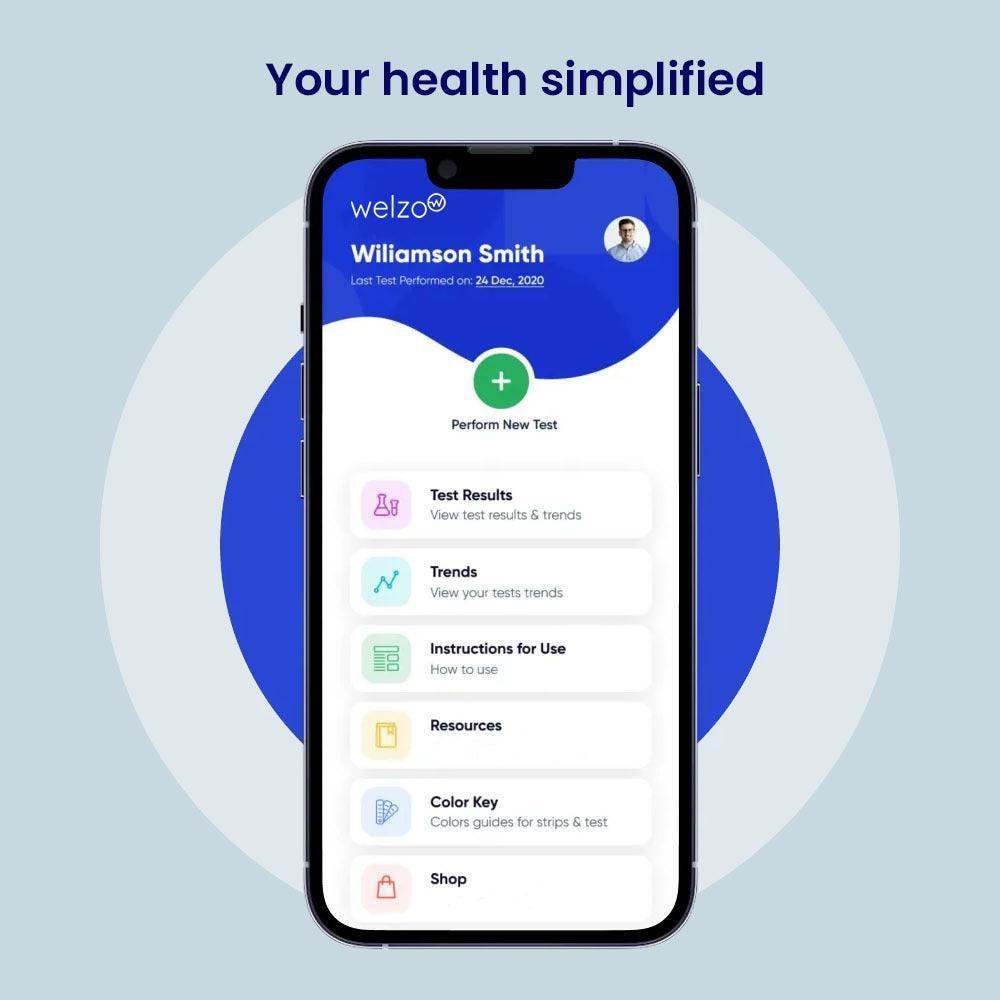
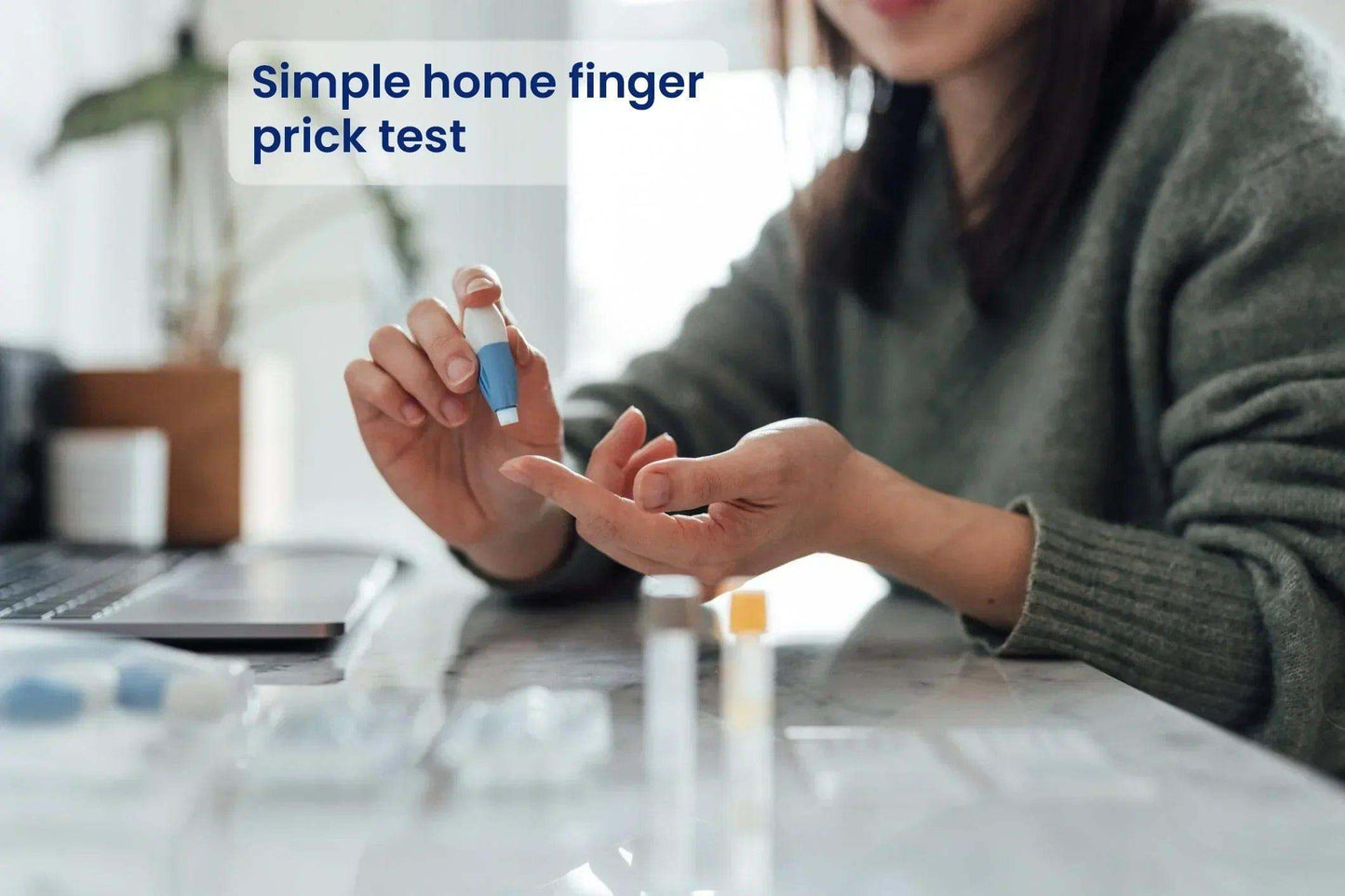
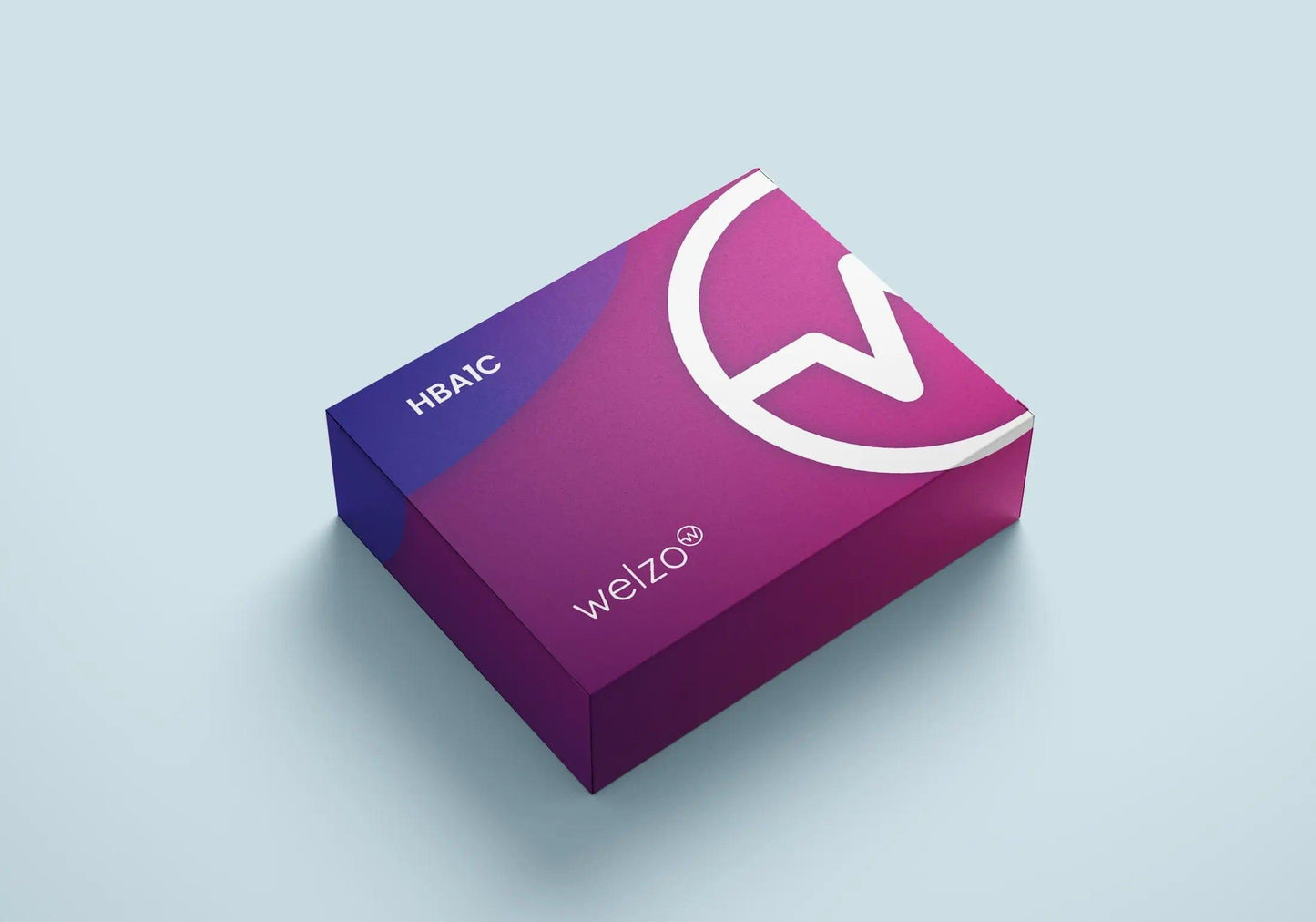
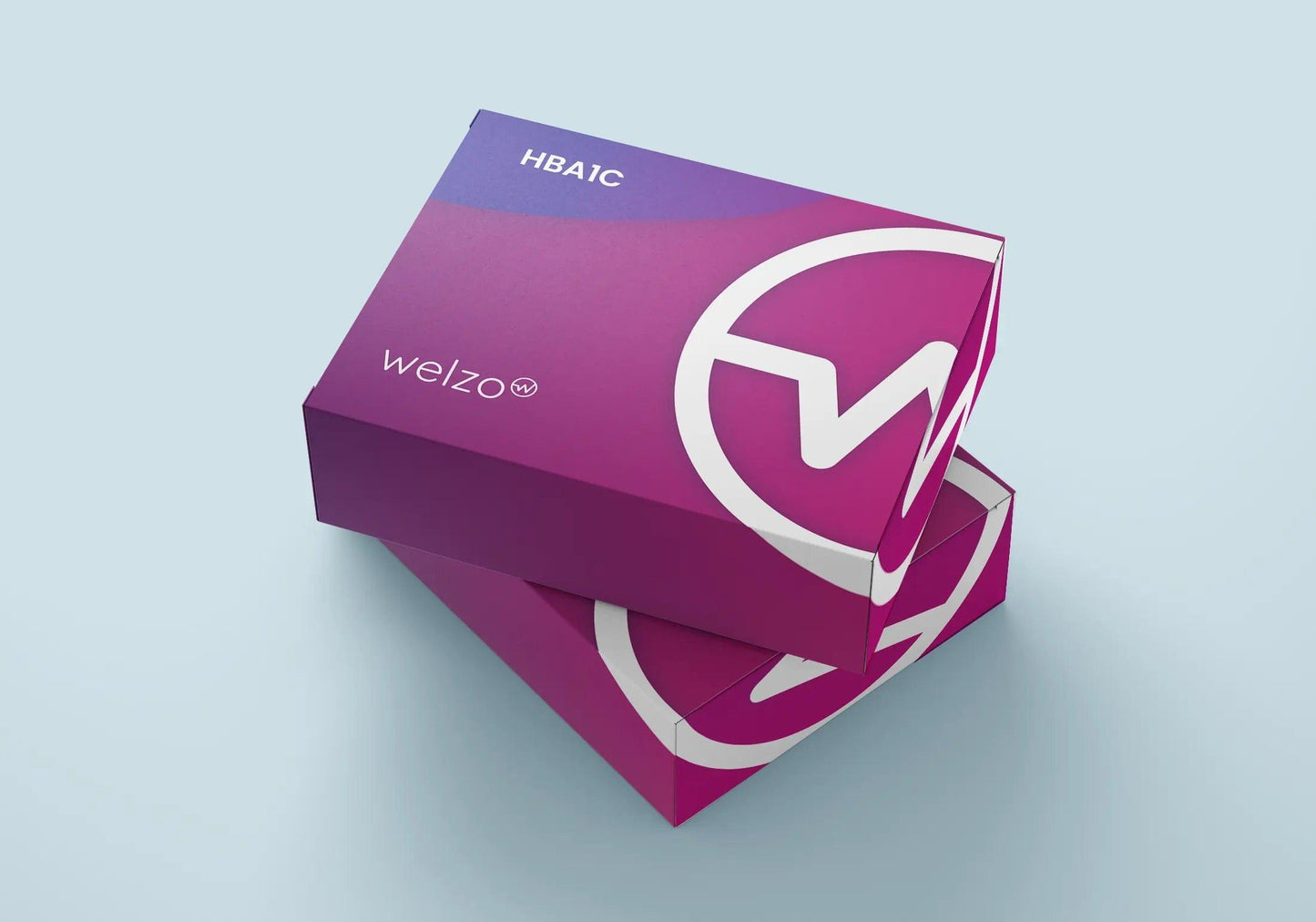
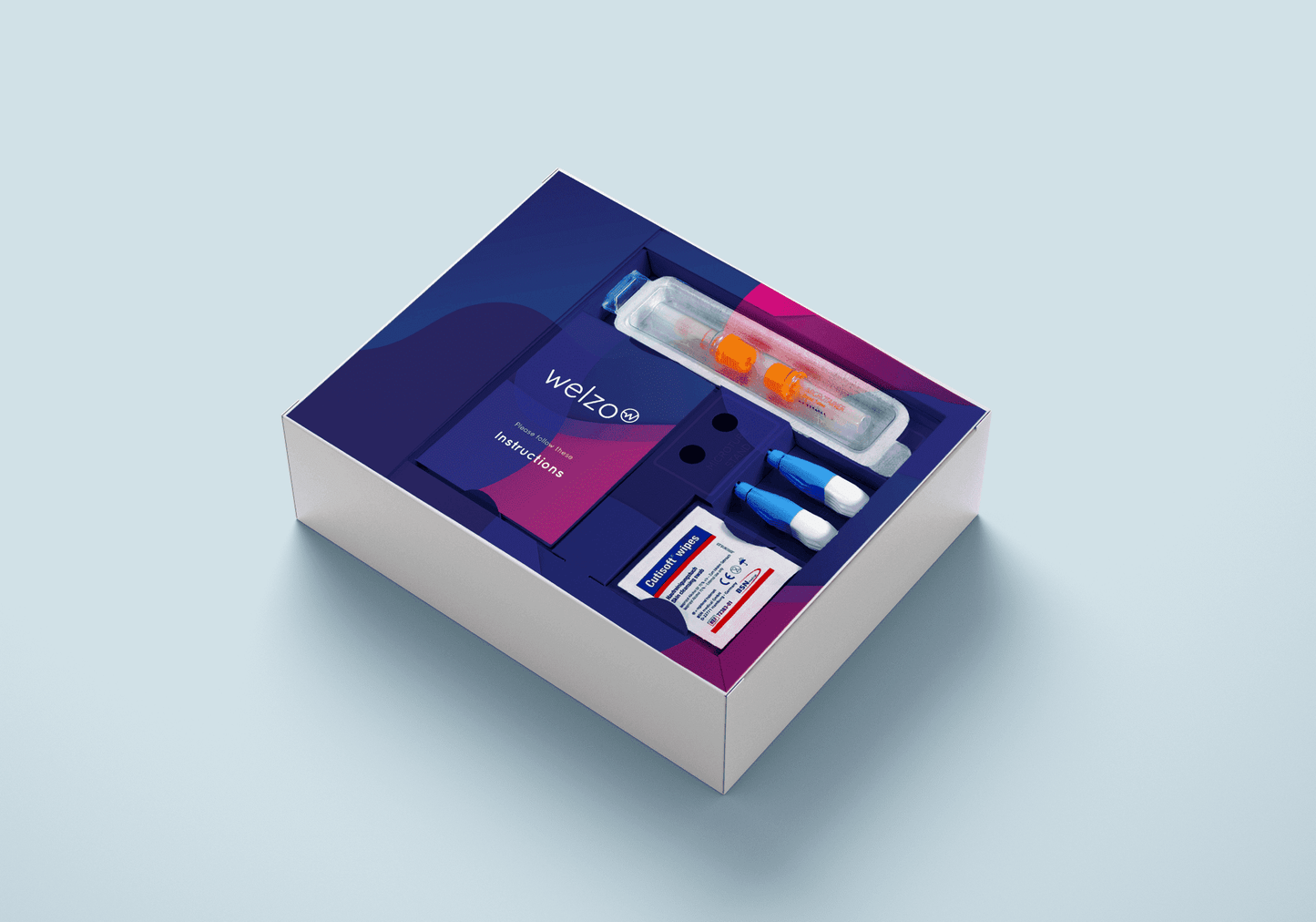
How to take your Welzo Test
You're one step closer to discovering a healthier you! Taking your Welzo test from the comfort of home is simple and straightforward. Click the link below to learn more about how it works.















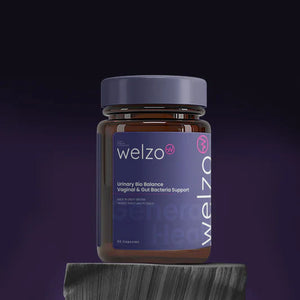

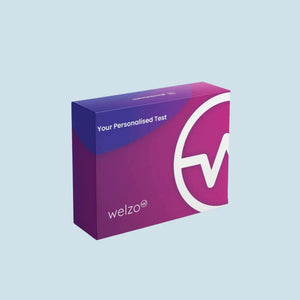
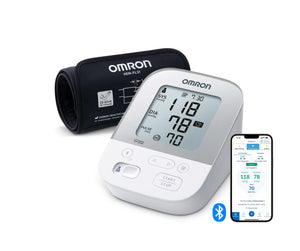




 Rated Excellent by 14,617+ Reviews
Rated Excellent by 14,617+ Reviews